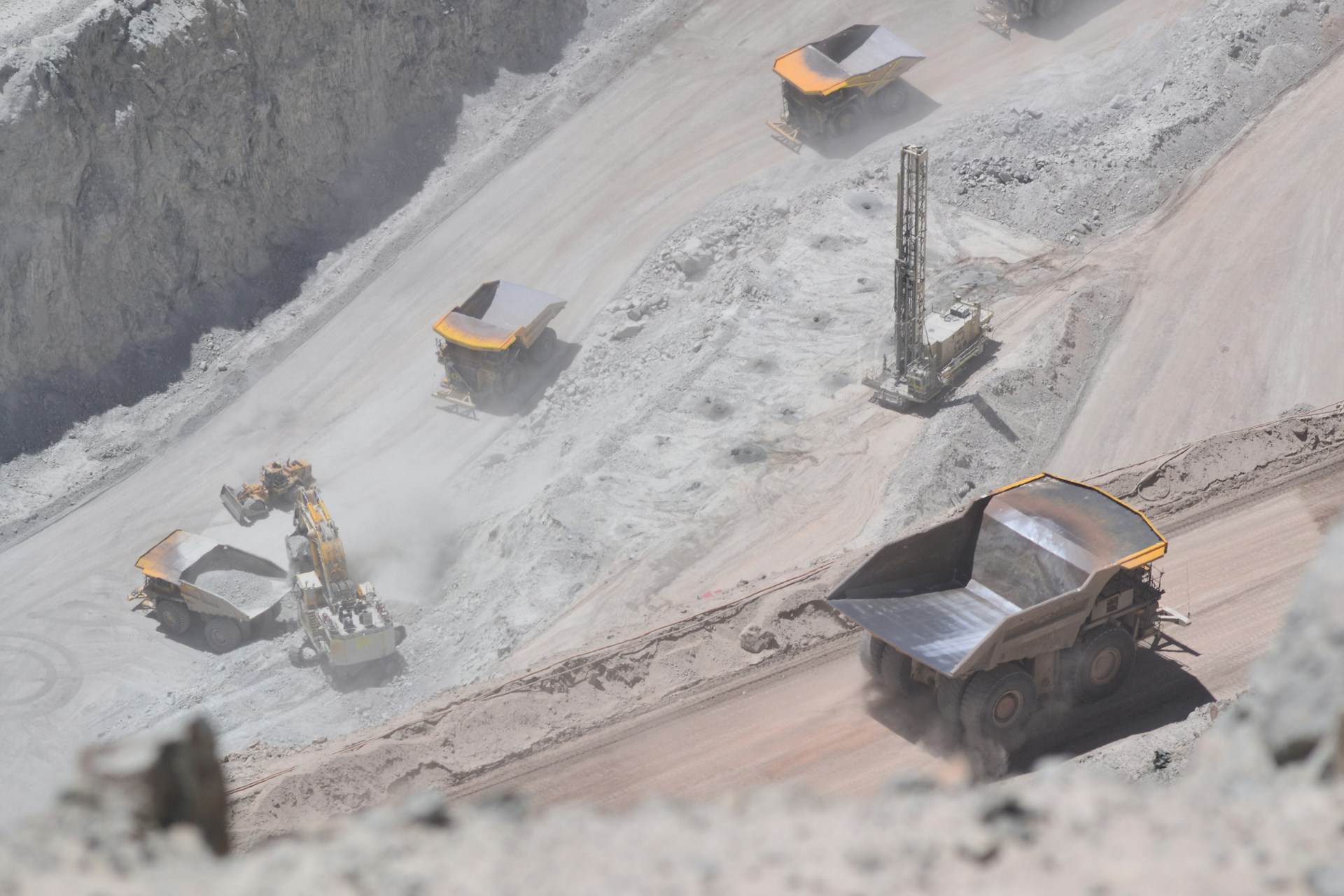The Latin American mining industry has historically been a cornerstone of the region’s economy, providing essential resources for global development. However, it has faced mounting criticism due to its significant environmental impact. Recognizing the need for change, many mining companies in Latin America are beginning to take proactive steps to mitigate their environmental footprint. Rebecca Bertram reports.

(Photo by Bruna Fiscuk, Unsplash)
The international mining sector has had a devastating impact on water, soil and air pollution as well biodiversity in many parts of the world. Its impact on global warming, however, is generally not at the forefront when policy makers discuss how to reduce carbon emissions. For Latin America’s mining industry, climate change is both a blessing and a curse: On the one hand, the sector emits large amounts of carbon emissions into the atmosphere; on the other hand, it extracts vital minerals needed to boost the global energy transition.
The global mining industry is responsible for up to 7 percent of carbon emissions. In Latin America, the mining industry has historically played a key role in the economic development across the continent. The example of Chile highlights the important role of the mining industry in the entire region: Here, the mining industry is providing almost 15 percent of the gross domestic product (GDP), employing more than eight percent of the workforce and responsible for more than 60 percent of national exports. Numbers in countries are similar across the continent.
It is a sector that faces significant challenges today, especially with regards to its high demand for water and energy. Climate change and unsustainable mining practices have left many regions in Latin America under severe water stress. For example, up to fifty percent of all copper mining in Latin America is taking place in areas that face significant water shortages. This has a direct and negative impact on companies’ business models.
Moreover, around a third of a Latin American mines’ operation cost goes into energy. Mining operations have predominantly used fossil fuels in their energy mix. As prices for fossil fuels are constantly rising and fluctuating, mining companies are increasingly feeling the heat. Many mining companies across Latin America are also located in remote areas with limited access to a well-functioning energy infrastructure. Thus, the incentive – and pressure – to change towards more sustainable energy and water consumption is significant.
Many mines in Latin America have been met by popular protests and fierce opposition from local communities who criticise their lack of compliance with basic environmental and social standards. Their public image is increasingly making their daily business more difficult as mining operations are often halted or threatened by local conflict. Perhaps more importantly, increased international attention on bad mining practices and carbon taxes on imports are putting external pressure on Latin American mines to reduce their carbon footprint.
A growing number of mining companies operating throughout Latin America have therefore begun to push for greater community engagement, biodiversity and reforestation programmes as well as more sustainable water management systems on their sites. As such, they are also aiming to reduce their overall carbon footprint. For example, the company Antamina, which operates Peru’s largest copper mine, has set a company-wide goal of going 100 percent renewables. In a second – more complicated step – the company aims to switch from trucks to electric vehicles to transport the minerals. Costs for renewables have plummeted over the past decade, making them a viable option not just from a climate standpoint but from a cost rationale as well.
The Paris climate agreement, in which governments vowed to limit global warming to 1.5°C, has given the global energy transition an immense push. The demand for specific minerals used in renewable energy installations, storage technologies and electric vehicles will be particularly affected. Here, the International Energy Agency (IEA) estimates that the supply for copper, zinc and lithium will grow fourfold by 2050. According to the IEA, around 40 percent of all copper and 35 percent of all lithium production will happen in Latin America. The continent will therefore be one of the backbones of the global energy transition. It would be well advised to take advantage of its domestic supply of minerals to push for more stringent renewable energy policies at home.
The Latin American mining industry is at a turning point, acknowledging the pressing need to combat climate change and minimize its environmental impact. By embracing renewable energy sources and other sustainable practices, mining companies are making significant strides toward greener and more responsible operations. These efforts are not only essential for the environment but also for the long-term viability of the mining industry in the region. After all, it is in its own best interest to do so.
The views and opinions in this article do not necessarily reflect those of the Heinrich-Böll-Stiftung European Union.